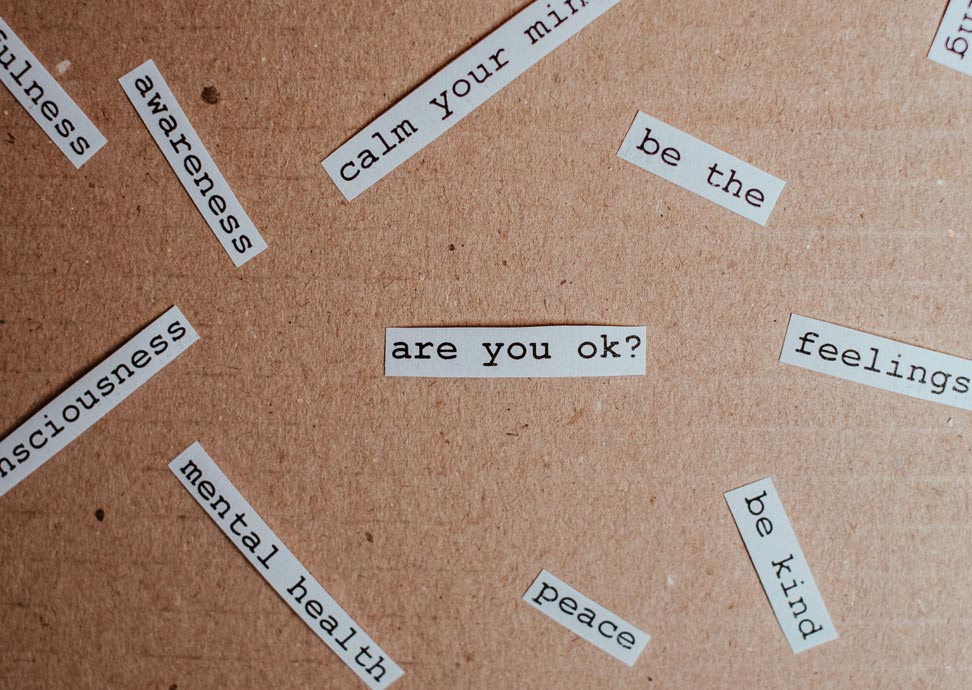Such an innocuous question! But it is one that has the potential to open the floodgates into the depths of someone’s soul or, more often than not, will evoke an automated response of ‘I’m fine; how are you?’ Asking someone, ‘How are you?’ has become a routine greeting in our daily interactions. It’s a courteous way to acknowledge someone’s presence and show that you care, but the significance of this question is often underestimated. The true importance lies in the art of really listening to the response. Consider everything that could be part of this exchange. For the person asking: I need to say something to interact. Am I just conforming to expectations? I hope there are no problems. I am worried for them and hope they will share. I want you to ask me back, so I can share my story. Asking will provide camouflage as to how I am actually feeling.

The person receiving the question: Do I know this person well enough to share? Do they care about what I have to say? How do I trust them with the truth? I do not wish to share. I do not want to break the image of how people perceive me. There is so much that could be unpacked. However, when we ask with the intent to truly listen to someone’s response, we offer them a safe space to express their emotions, thoughts and concerns. In doing so, we validate their feelings and demonstrate empathy. We let them know that we are not just passersby in their lives but genuine companions who care about their happiness and struggles. Moreover, the skill of active listening when asking, ‘How are you?’ can unearth important insights.
A cheerful, ‘I’m fine,’ may conceal deeper feelings of stress, sadness or anxiety. By tuning in and paying attention to non-verbal cues and the tone of their voice, we can sense when someone might need a kind word, a shoulder to lean on, or simply a friend to confide in. In a world where digital communication often replaces face-to-face interactions, the importance of genuinely listening when asking, ‘How are you?’ becomes even more vital. In text messages and emails, it’s easy to overlook the emotional nuances that can be detected in spoken conversations.

It is, therefore, essential that when we do have the opportunity to connect in person, we should cherish the chance to engage fully and be present in the moment. So, when I see you next, how are you?

